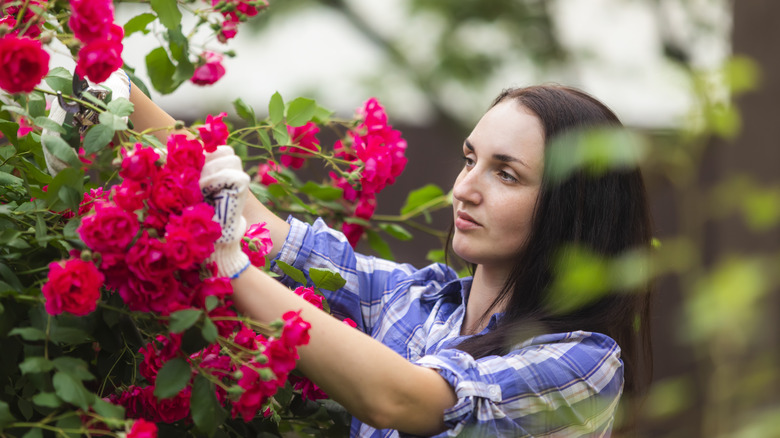This Simple DIY Soap Spray Keeps Pesky Sawflies Off Your Roses
Sawflies can be a significant threat to roses, causing unsightly damage as they munch through foliage, leaving skeletonized leaves in their wake. These pests, which resemble small wasps, lay their eggs on rose leaves, and once hatched, the larvae begin to feed voraciously. For gardeners looking to protect their prized roses without resorting to harsh chemicals, a simple DIY soap spray can be an effective solution. This homemade spray is not only safe for the environment but also easy to make with ingredients commonly found in most households.
The main component of this DIY spray is pure liquid soap, which works by suffocating the soft-bodied larvae of sawflies. However, it's crucial to choose the right kind of soap. Many common dish soaps are actually detergents, which are made from synthetic chemicals designed to cut through grease. These detergent-based soaps can strip the protective waxy layer from the leaves, leaving plants vulnerable to dehydration and disease. Instead, opt for a pure liquid soap which doesn't contain harsh additives or detergents.
To make the spray, combine one to two tablespoons of pure liquid soap with a quart of water in a spray bottle. Apply the mixture in the early morning or late evening when temperatures are cooler to prevent sun damage. Regular applications, especially after rain, will help ensure ongoing protection against sawflies.
Additional strategies to use with your DIY soap spray
While the DIY soap spray offers immediate relief from sawfly infestations on your roses, combining it with other preventive strategies can enhance its effectiveness and keep your roses healthier in the long term. The soap spray works by suffocating the larvae, but it's important to ensure that it's applied correctly to maximize its impact. When spraying, focus on thoroughly coating both the tops and undersides of the leaves where sawfly larvae typically hide.
Companion planting is an excellent strategy for your roses that works synergistically with the soap spray. Additionally, maintaining proper care practices for your roses can help them recover more quickly from pest damage. Deadheading roses, for example, not only encourages more blooms but also keeps the plant healthy by removing areas where pests might hide or lay eggs. Use clean, sharp shears to cut just above the first set of healthy leaves to promote vigorous new growth. It's also crucial to avoid pruning your roses in the fall, as this can stimulate tender new growth that may be damaged by winter frost, leaving the plant more vulnerable to pests and diseases in the spring.
To ensure your roses remain free from sawflies and other pests in the long term, it's important to adopt a holistic approach that includes both preventive measures and routine care. Regularly inspecting your roses for early signs of pest activity is crucial. By catching infestations early, you can apply your DIY soap spray or other treatments before significant damage occurs.

